Early Spring AGS Show, 2010
6:00a.m and I am in the car; as I set off for the Early Spring Show I remark to my Gran, “We need to find a hobby with better hours!” However, as weary as I felt, there was still the feeling of anticipation for what I knew would be a good day.
After driving through dismal weather we arrived at the Show hall only to find that we were the first exhibitors there and the hall was empty. It was difficult to imagine that in just a few short hours the place would undergo a complete transformation. In no time at all, bare tables were filled pots of flowers and foliage and eager exhibitors filed in and out with purchases they had not moments before vowed not to buy, puzzling about how they would squeeze them into gardens and greenhouses. Even the sun made an occasional appearance!
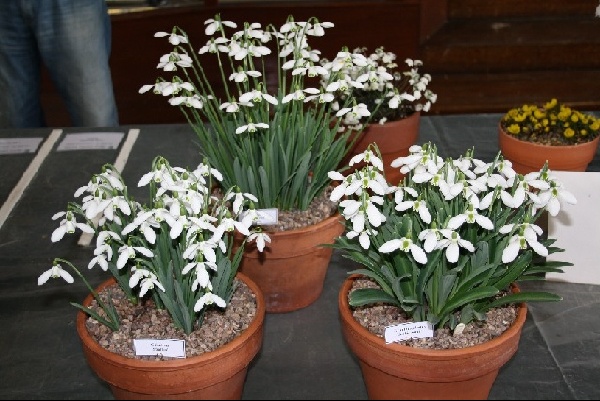
There was no one dominant type of plant at the Show this year, instead we had a snapshot of the colours that fade after the winter and those that come into bloom in the spring. A few of the earlier flowering bulbs, such as Galanthus, stood side by side with later flowering Narcissi, Hellebores and Hepaticas.
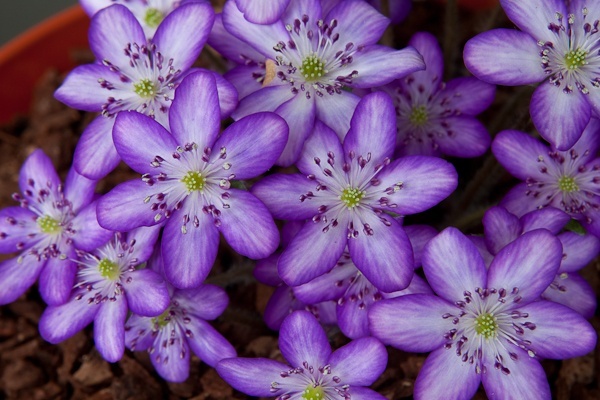
There were a number of pots of Hepatica nobilis on display, ranging from bright pink to deep purple. These plants always manage to attract the attention of expert and novice alike; a plant that is grown simply because it looks stunning.
Unfortunately the number of exhibits was down on previous years, but this was to be expected given seemingly endless winter! However the plants that had managed wake up for the Show had attained the usual high standard and in may cases the judges were spoilt for choice over which plant should receive the ‘red sticker’. The Novice Section was exceptionally strong, with many first time exhibitors meeting with great success. It is reassuring to know that as the familiar names in the Open Section slowly disappear into the history books, there are always fresh exhibitors ready to carry on competing with and, more importantly, sharing their alpine plants. Duncan Gates went home a very happy man, as he was earned the Essex Award for most points in the Novice Section.
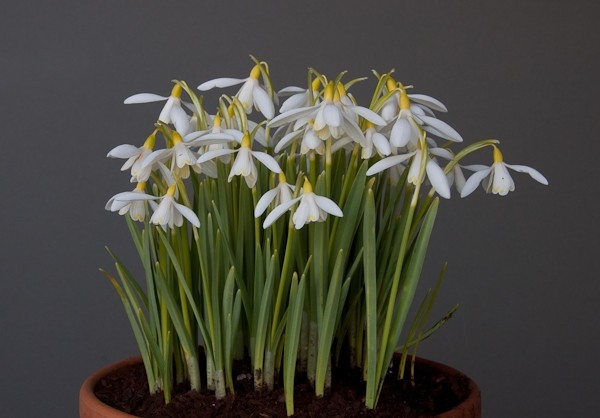
Normally it is the exhibitors who collect awards at shows; however in one case it was a plant, Galanthus nivalis ‘Sandersii Group’, which was the recipient of a number of prizes. One pot was grown by Rosina Abbiss and received a Certificate of Merit.
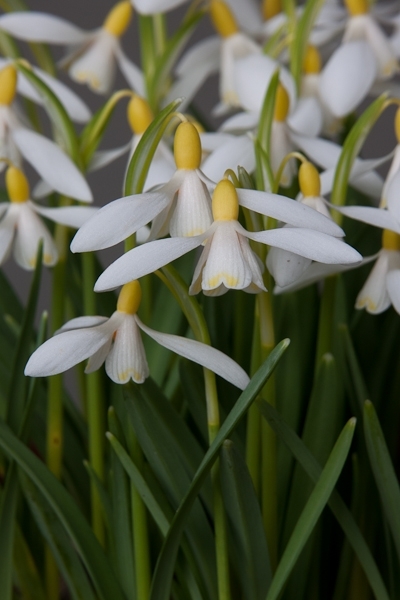
The second was entered by Ruth and Alan Jones and formed part of their six pan class, this plant received the Geoff Smith Salver for best bulbous plant in the Novice and Intermediate sections.
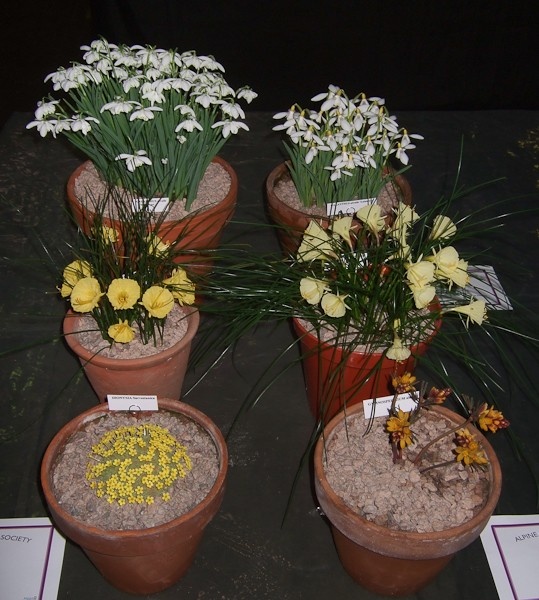
Not only did Ruth and Alan receive this trophy, they also collected an
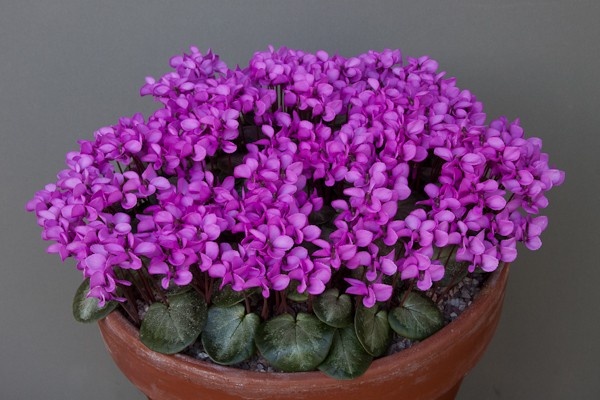
A Certificate also went to Mike and Christine Brown for their pan of Cyclamen coum.
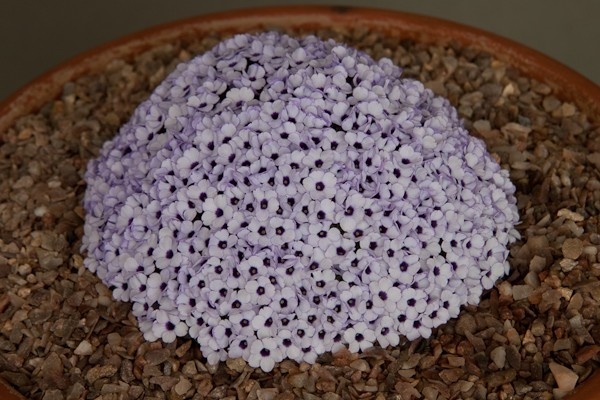
This couple also won the Ione Hecker Trophy for the best Primulaceae with Dionysia afghanica. This plant received the 80th Anniversary award for the best plant in a 19cm pot at last year’s South Wales Show, two weeks earlier than
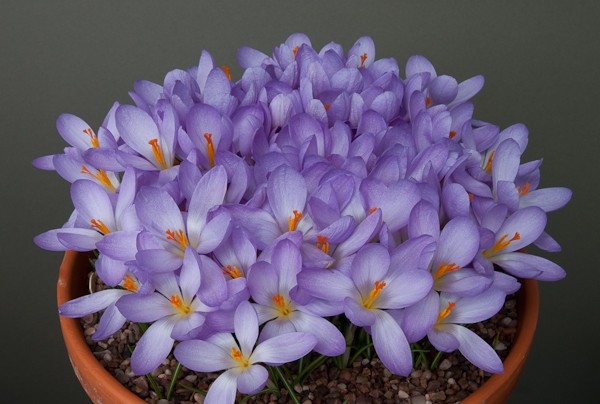 A final Certificate of Merit went to Jim McGregor, for his pan of Crocus etruscus. Jim has always been successful with his Crocuses; in 2001 he won the Farrer at
A final Certificate of Merit went to Jim McGregor, for his pan of Crocus etruscus. Jim has always been successful with his Crocuses; in 2001 he won the Farrer at
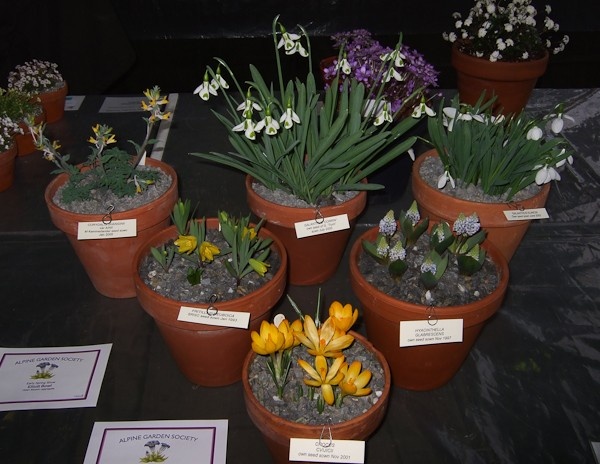
When visiting their garden the week before the Show, Bob and Rannveig Wallis told me that they would not have the plants to defend the Jane Baldry Memorial Trophy, which they have held for almost a decade. These fears were unfounded it seemed, as not only did they have an entry but they also succeeded in retaining the trophy. Their first in this class helped the couple on their way to having the most first prize points in the Open Section and the Elliot Bowl.
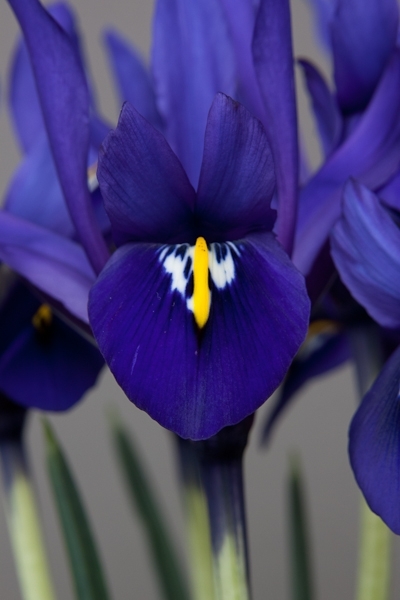
In addition to the Show plants, a display of Irises was put on by Jacques Amand International, which received a well deserved Silver Award. At the end of the day there was much excitement amongst the display’s admirers, as they clamoured to purchase the plants from the exhibit.
It was not just the exhibitors who had a successful day; the Alpine Garden Society attracted a number of new members, at least one of which was a student from
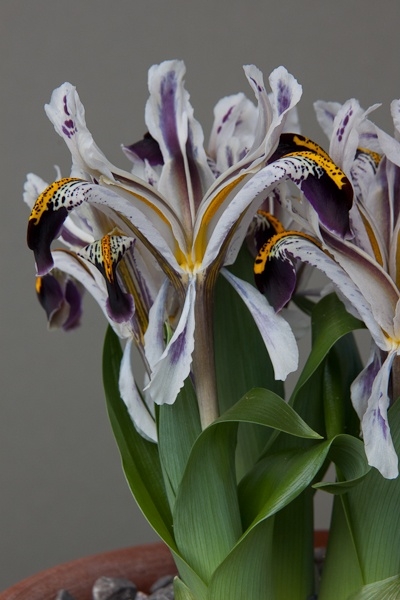
The Farrer Medal went to Lee and Julie Martin’s pan of Iris rosenbachiana. During the presentations it was said that this was one of the smallest pans to ever receive this much sought after award; a fitting tribute as we are, after all, the ‘big Society for small plants!’
